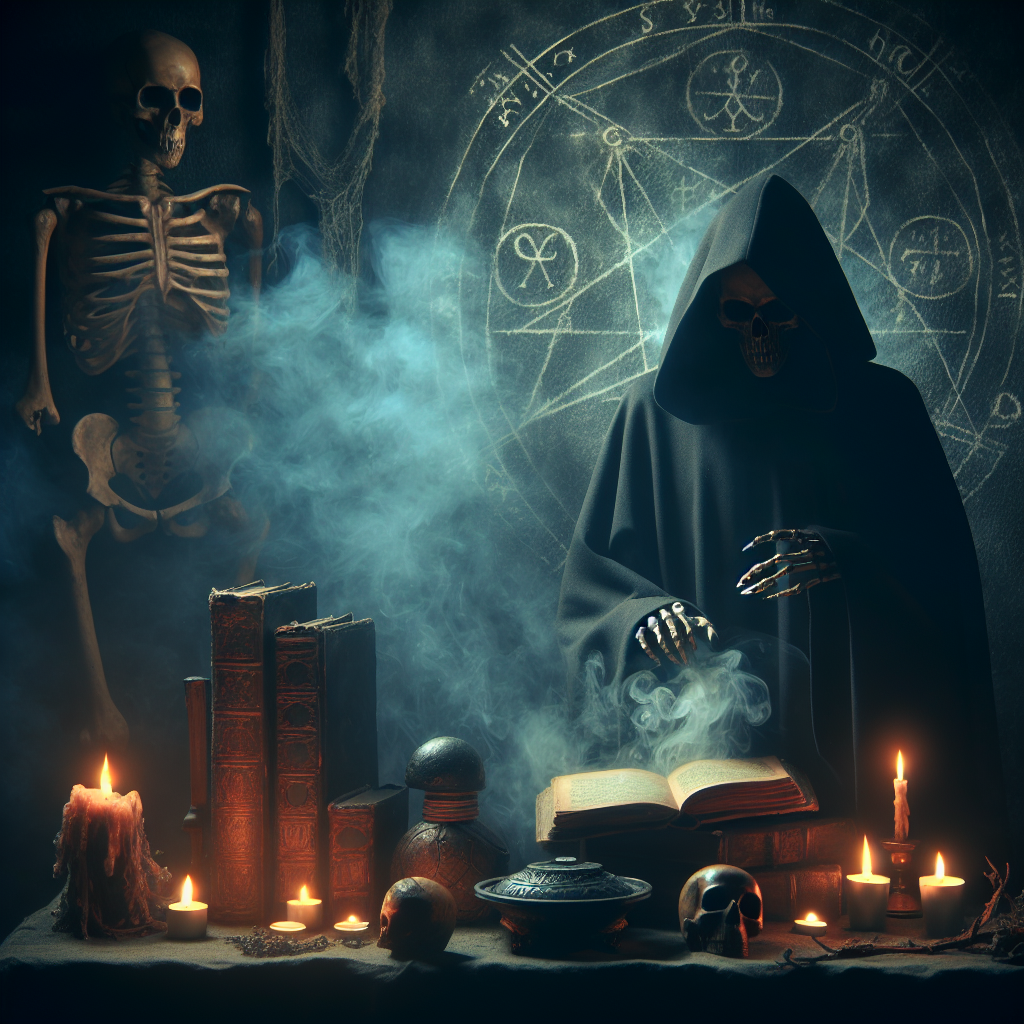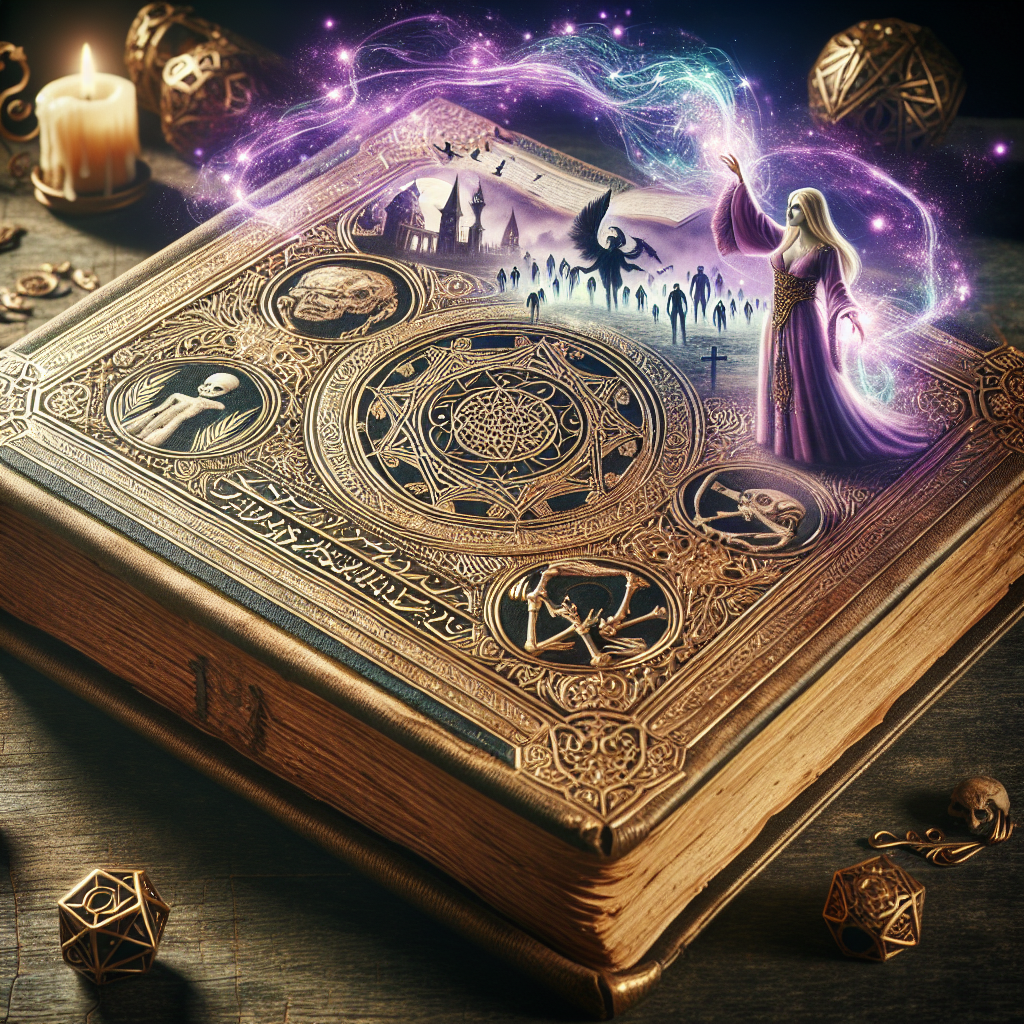Your cart is currently empty!
Tag: Portrayed
Old explosion videos falsely portrayed as showing tanker blast in western Indian city
A gas tanker blast in the western Indian city of Jaipur killed at least 17 people in December, local authorities said, but footage of massive explosions viewed millions of times online do not show the disaster. One misrepresented clip was filmed in Lebanon while another was taken in Italy.
“Jaipur LPG blast,” read a Hindi-language Instagram post on December 22, 2024.
The post included a video — which has racked up more than 12 million views — showing a huge explosion followed by a plume of smoke rising, with screaming heard later in the background.
Similar posts were also shared here, here and here after an LPG tanker exploded on a highway in Jaipur on December 20 (archived link).
Screenshot of the false post, taken on December 24, 2024
Another Instagram post shared a clip of a truck exploding in flames on a highway with the caption: “A huge explosion took place in Jaipur and a huge fire broke out #jaipur #news”.
“Live video of Jaipur fire incident. See what a terrible accident happened due to the collision of an LPG gas truck,” read part of the overlaid text on the video.
Screenshot of the false post, taken on December 24, 2024 Sushil Bhati, superintendent of Sawai Man Singh Hospital in Jaipur, told AFP that the death toll from the incident has reached at least 17.
“This number may increase further, many patients are still in critical condition in the hospital. We are trying our best to save them,” Bhati said on December 25.
According to Indian media reports, the explosion occurred when a truck collided with an LPG tanker attempting a U-turn, setting off a giant fireball that razed approximately 34 vehicles (archived link).
The videos circulating online, however, are old and not filmed in India.
Beirut blast
A reverse image search of the first clip’s keyframes found it was earlier published on AFP’s YouTube channel on August 5, 2020 (archived link).
The headline of the video report said it was filmed in Lebanon’s capital Beirut. It read, “Beirut explosions: what happened?”
On August 4, 2020, two explosions at Beirut’s port devastated entire city neighbourhoods, killing more than 100 people, wounding thousands and leaving hundreds of thousands homeless.
The government said the massive blast appears to have been caused by a fire igniting 2,750 tonnes of ammonium nitrate left unsecured in a warehouse.
Below is a screenshot comparison of the false post (left) and the video posted on YouTube by AFP (right):
Screenshot comparison of the false post video (left) and the AFP video (right)
The video was also published by media organisations NBC News and Sky News (archived links here and here).
Italy truck fireball
A further Google reverse image search found the second clip corresponds to footage also published on YouTube by AFP on August 7, 2018 (archived link).
“Tanker truck fireball engulfs road near Bologna,” read the title of the video, which shows the incident from another angle.
Below is a screenshot comparison of the false post (left) and the AFP video (right):
Screenshot comparison of the false post video (left) and the AFP video (right)
The description of the video said a tanker truck exploded and created a fireball on a motorway outside the northern Italian city of Bologna.
The blast — which occurred near the area of Borgo Paginale in the west of the city close to Bologna’s airport — created a huge hole in the flyover where the explosion took place. The highway collapsed onto another road below (archived link).
The video was also published on the verified YouTube channel of American television program Inside Edition (archived link).
Recently, there has been a viral video circulating on social media platforms claiming to show a massive tanker blast in a western Indian city. However, upon closer inspection, it has been discovered that the video is actually an old explosion footage that has been falsely portrayed as a recent incident.It is important to be cautious when sharing such videos, as they can easily spread misinformation and create panic among the public. It is always advisable to verify the authenticity of any news or footage before sharing it with others.
In this age of digital manipulation and fake news, it is crucial to be vigilant and responsible in our online interactions. Let us all strive to promote accurate and verified information to avoid falling prey to misinformation.
Tags:
- Old explosion videos
- Tanker blast
- Western Indian city
- False portrayal
- Viral video hoax
- Misinformation
- Explosion footage
- Indian news
- Hoax debunked
- Internet rumors
#explosion #videos #falsely #portrayed #showing #tanker #blast #western #Indian #city

Necromancy in Popular Culture: How TV, Movies, and Literature Have Portrayed the Dark Art
Necromancy, the practice of communicating with and raising the dead, has been a popular theme in popular culture for centuries. From ancient myths and legends to modern TV shows, movies, and literature, necromancy has fascinated and terrified audiences around the world.In many cultures, necromancy is considered a dark and forbidden art, with practitioners often portrayed as evil or morally corrupt. However, in popular culture, necromancy is often depicted as a powerful and mysterious force that can be used for both good and evil.
One of the most famous examples of necromancy in popular culture is the character of Lord Voldemort in the Harry Potter series. Voldemort, a dark wizard who seeks immortality and power, uses necromancy to create Horcruxes – objects that contain a piece of his soul and allow him to cheat death. Throughout the series, Voldemort’s use of necromancy is portrayed as a dark and dangerous practice that ultimately leads to his downfall.
In TV shows like “Buffy the Vampire Slayer” and “Supernatural,” necromancy is often used by villains and antagonists to raise the dead and cause chaos and destruction. In these shows, necromancers are often portrayed as twisted and malevolent individuals who will stop at nothing to achieve their goals.
In movies like “The Craft” and “The Mummy,” necromancy is used to resurrect the dead and unleash supernatural forces. In “The Craft,” a group of teenage witches use necromancy to bring a deceased bully back to life, with disastrous consequences. In “The Mummy,” an ancient Egyptian priest uses necromancy to resurrect himself and seek revenge on those who disturbed his tomb.
In literature, necromancy has been a popular theme in fantasy and horror novels for centuries. Authors like H.P. Lovecraft, Stephen King, and Anne Rice have all explored the dark and dangerous world of necromancy in their works, creating terrifying and unforgettable stories that continue to captivate readers.
Overall, necromancy in popular culture is often portrayed as a dark and dangerous practice that can have devastating consequences. Whether used for good or evil, necromancy is a powerful and mysterious force that continues to fascinate and terrify audiences around the world.

How Necromancy is Portrayed in Literature and Popular Culture
Necromancy, the practice of communicating with the dead, has long been a subject of fascination in literature and popular culture. From ancient myths and legends to modern-day novels and films, necromancy has been portrayed in a variety of ways, ranging from dark and malevolent to benevolent and misunderstood.In many ancient cultures, necromancy was seen as a way to gain insight and wisdom from the spirits of the deceased. In Greek mythology, for example, the hero Odysseus consults the seer Tiresias in the underworld to learn about his future. Similarly, in the Bible, King Saul seeks out the witch of Endor to summon the spirit of the prophet Samuel for guidance.
However, in more recent literature and popular culture, necromancy is often depicted as dark and dangerous magic. In works such as Mary Shelley’s Frankenstein and H.P. Lovecraft’s stories, necromancers are portrayed as mad scientists who tamper with the forces of life and death, often with disastrous consequences. In J.K. Rowling’s Harry Potter series, the dark wizard Voldemort uses necromancy to create Horcruxes, objects that contain a piece of his soul and grant him immortality.
Despite its negative connotations, necromancy is sometimes portrayed in a more sympathetic light in modern works. In the television series Buffy the Vampire Slayer, for example, the character Willow Rosenberg uses necromancy to bring her girlfriend back from the dead, only to discover the unintended consequences of her actions. Similarly, in the novel The Bone Season by Samantha Shannon, the protagonist Paige Mahoney has the ability to communicate with spirits, which she uses to navigate a dystopian world ruled by a totalitarian regime.
Overall, the portrayal of necromancy in literature and popular culture is complex and multifaceted. While it is often associated with dark and sinister practices, it can also be seen as a means of seeking knowledge, guidance, and even redemption. Whether portrayed as a force for good or evil, necromancy continues to capture the imagination of audiences around the world, reminding us of the thin line between life and death, and the power of the human spirit to transcend both.





